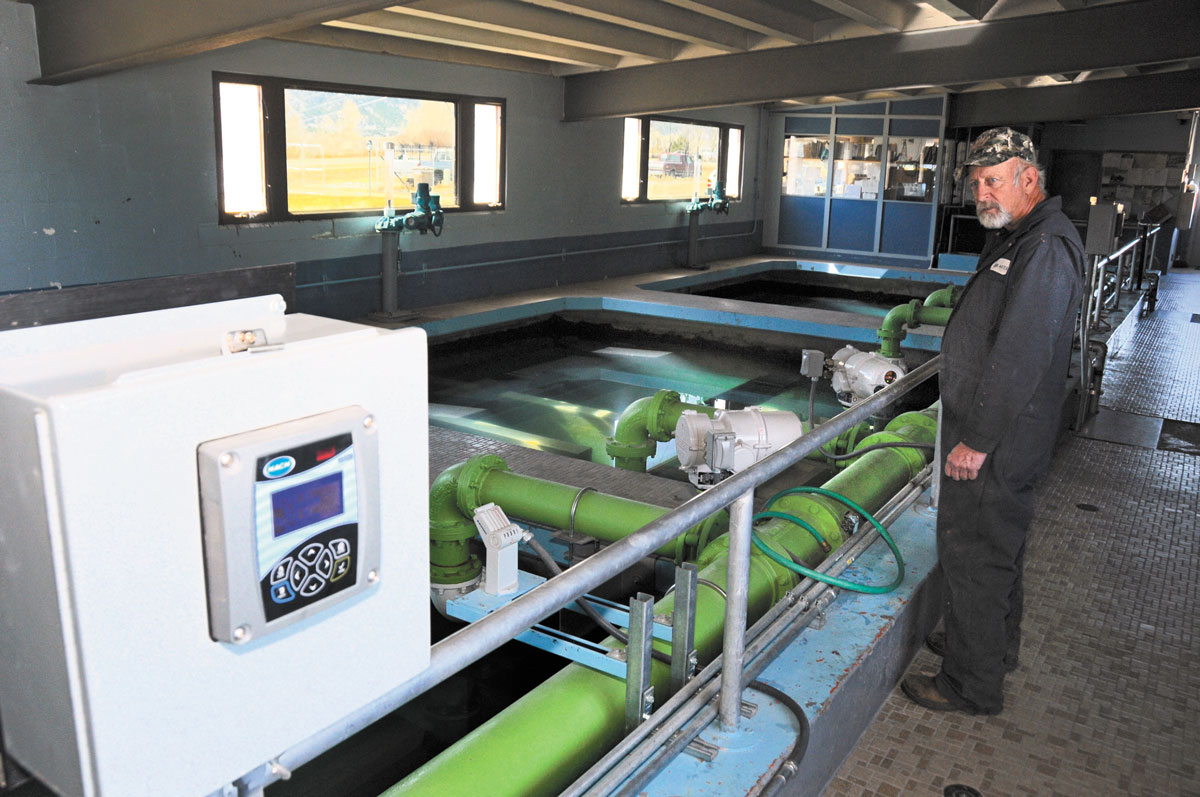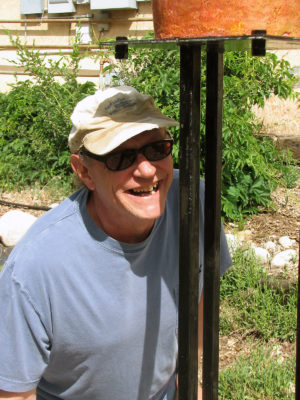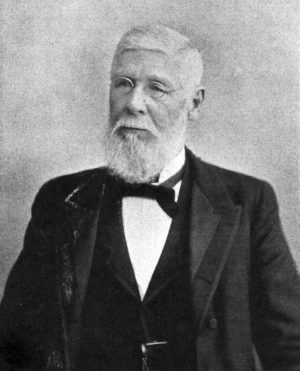
By Daniel Smith
You’ve probably read about the need for infrastructure improvement nationwide – the fact is, a lot of deferred maintenance has made those improvements imperative.
In Salida, as in many communities in Colorado and nationwide, there are infrastructure components that date back to the 1950s.
The city water treatment plant west of town is one example. Built in the 1950s, it and similar plants have used many the same processes pf filtration and chlorine treatment to disinfect drinking water, with technological upgrades, for decades.
Now, Salida is moving to upgrade to a leading high-tech process for drinking water disinfection – ultraviolet light. UV water treatment has been around since 1916, but is apparently gaining in popularity for water system upgrades.
The Colorado Department of Public Health and Environment rules for water treatment are designed to facilitate consistent quality and assurances of water safety. In Salida, some of the plant improvements in the past and the UV project have been undertaken to keep pace with those regulations and what is and will be a growing demand for water.
The headlines over hazardous levels of lead in the water supply in Flint, Michigan after an ill-advised change in the city’s water source has lately focused more public attention on water quality issues.
[InContentAdTwo] CDPHE in the past has notified Salida of violations of how monitoring of some of the plant’s processes have been done, but according to Andrew Rice, consulting engineer with Providence Infrastructure, the concerns have never been about water safety.
But there have been concerns about monitoring and sampling at the plant.
According to the CDPHE 2016 assessment, drinking water regulations require a certain level of protection against giardia lambda and viruses. Filtration and chlorination are used at the plant, but the CDPHE has noted the process and physical limitations of the system in the past did not provide the required chlorine contact time in some instances.
After lengthy study, the possible solutions identified, put simply, were to: use more chlorine, reduce the flow capacity of the plant, construct additional contact points for the chlorine or to switch to ultraviolet treatment.
The UV solution was selected as the most desirable method for both safety and cost-effectiveness.
One of the CDPHE officials working with the city on the water treatment processes, Drinking Water Compliance Specialist Brian Pilson, said a May 2016 deadline that was missed for correcting the treatment and monitoring deficiencies could have resulted in the city being cited for the violation and, potentially, corrections ordered by the state.
But both Rice and representatives of CDPHE said, however, a cooperative atmosphere existed in seeking to resolve those issues without stricter enforcement action because definite progress was being made toward resolution.
Modern technological improvements never come cheaply, and the Salida plant upgrade will be partially funded by a $775,000 grant from The Department of Local Affairs (DOLA), in addition to the city getting a $1,170,000 loan from the Colorado Water Resources and Power Authority – at one percent interest.
Mayor Jim LiVecchi said he believes the improvements to the plant are required but believes they will not require any increase in city water rates at this time.
Other nearby communities still use the standard filtration and chlorine treatment processes, and like Salida, have made technological improvements as required.
In Alamosa, Public Works Director Pat Steenburg said their newer potable water plant, which came online in 2008, has a capacity of about 5.5 million gallons daily, and conventional processes are used.
“We use chlorine to disinfect our potable water, as per a State imposed chlorination order.”
“We don’t anticipate any improvements/upgrades in the near term other than maintenance and scheduled membrane replacement,” he added.
While in Gunnison, Director of Community development Steve Westbay said Gunnison does not have a central plant for domestic water treatment.
“The City’s water source is from several wells equipped with wellhead chlorination features that treat water before it enters the city’s water main distribution and water storage systems. The age of the wells varies as does the age of the storage and distribution systems,” he stated.
Rice notes that the current internal chlorine disinfectant process will be replaced by the UV disinfection process, but chlorine will still play an important part. In his 2016 assessment, Rice noted the UV treatment option, “maintains the existing water treatment capacity of the WTP without increasing the chance of higher chlorine byproducts.”
“UV provides the required disinfection treatment for pathogens at the WTP without using chlorine,” he said recently. “However, chlorine must still be added at a low level to water leaving the treatment plant to ensure it remains pathogen free throughout the piping system in town. UV treatment at the plant ensures that water leaves the plant pathogen free. Chlorine in the water ensures that the water piping distribution system buried throughout the town does not allow or harbor pathogens. This ensures safe drinking water from the treatment plant to the tap.”
The Salida plant construction will be fairly brief – only about six or seven months, Rice said.
“There will be short, but very carefully coordinated, shutdown of the WTP. The city has two other water sources providing drinking water to the system so the short term shutdowns of the WTP should not be an issue,” he added.
The plant capacity after the project is completed will be at least four million gallons per day, enough to meet demand for years in the future, he said.
Many of us don’t give a second thought to the household services we take for granted – electrical power, heat, sewers and water. After these improvements, perhaps you’ll think about the ultraviolet light used to keep your water flowing from our taps on demand, clean and safe.
Print and broadcast journalist Dan Smith semi-retired and moved to Salida to enjoy the mountain air, the scenery, fishing and the mutual curmudgeonly non-conformity of our citizens.



